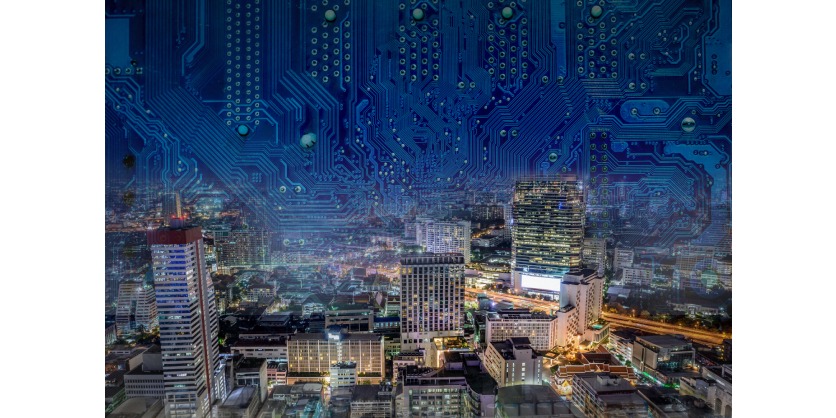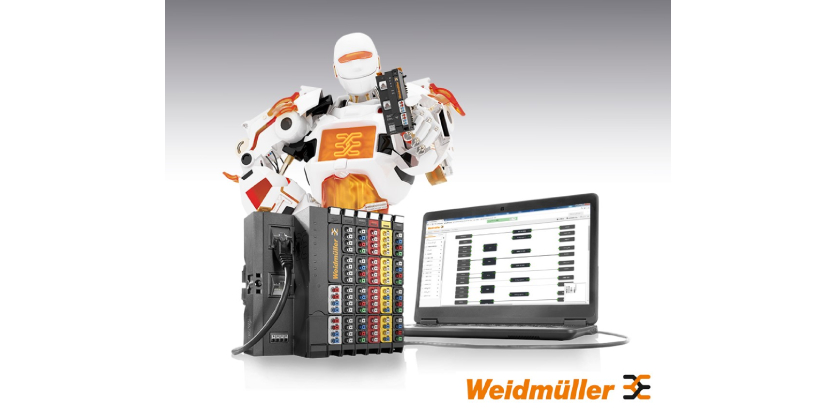AI Accelerates Energy Transformation: How Data Centres Are Moving Toward Hybrid and Sustainable Power Solutions
June 24, 2025

The Surge in AI-Driven Power Demand: Why Traditional Grids Are Struggling
With the rapid expansion of generative AI applications, power demand from data centres is reaching unprecedented levels. According to a Cushman Wakefield report, AI-related data centre revenue is expected to increase 8.8 times by 2028 compared to 2024. 1 However, AI servers consume five to ten times more power than traditional servers, especially during AI model training, where energy consumption surges. This exponential demand raises critical concerns about whether traditional centralized power grids can continue to support AI-driven data centres. Nations and industries worldwide are facing increasing “power scarcity” challenges, while data centres must also comply with energy efficiency and clean energy policies, further straining electricity supply.
Tech Giants Investing in Diverse Energy Sources to Secure Power Supply
To ensure a stable power supply for AI operations, major cloud and technology companies are making substantial investments in energy infrastructure. Microsoft and Google are actively exploring nuclear energy technologies to secure stable and efficient power sources, reducing their reliance on traditional power grids. Meanwhile, Amazon is investing heavily in clean energy initiatives, including large-scale solar and wind power projects, complemented by energy storage solutions. These efforts aim to stabilize AI data centre operations during peak demand periods while mitigating risks associated with grid instability.
Transitioning from Backup Power to Hybrid Energy Management
Traditionally, data centres relied on N+1 or 2N+1 backup power systems to ensure operational stability in the event of single or multiple failures. However, as AI workloads push power consumption to unprecedented levels and as diverse energy technologies emerge, data centres are shifting from traditional backup power strategies to hybrid energy management. By integrating advanced smart grids and microgrid technologies, data centres can dynamically allocate power resources, optimizing energy efficiency. AI-driven energy management systems further refine power distribution strategies, reducing waste, enhancing operational performance, and enabling more flexible energy deployment.
The Future of AI Data Centres: Embracing Hybrid Energy and Sustainability
Next-generation AI data centres will adopt more flexible and efficient power supply models. Hybrid energy infrastructures will become the standard, combining traditional power grids, renewable energy, and energy storage solutions to ensure reliability while pursuing carbon neutrality. However, this transformation presents new challenges, such as integrating multiple energy sources, enhancing power infrastructure monitoring, improving data communication efficiency, and refining energy management strategies. As advancements in smart grids and clean energy technologies continue, AI data centres are poised to enter an era of high efficiency and low carbon emissions, providing a stable and sustainable power foundation for global AI computing.
- “2024 Global Data Center Market Comparison”, Cushman Wakefield, 2024
More Information
To explore how Moxa helps data centres build integrated and reliable power communication networks, refer to the following resources:
• “An Integrated Network for Data Centre Infrastructure”, Solution Brochure.
• “Data Centers Built for Tomorrow”, Case Study.
Related Product
New Generation of MOXA x86 Industrial Computers | ManuAuto
Moxa introduces a new generation of BXP, DRP, and RKP Series industrial computers that are specifically designed to facilitate rapid system development with reliable, adaptable, and cost-effective computing solutions.





